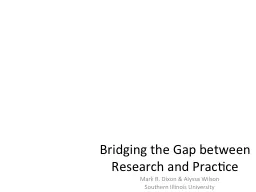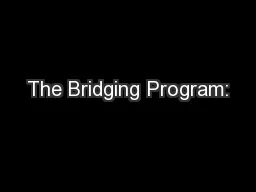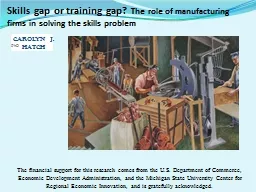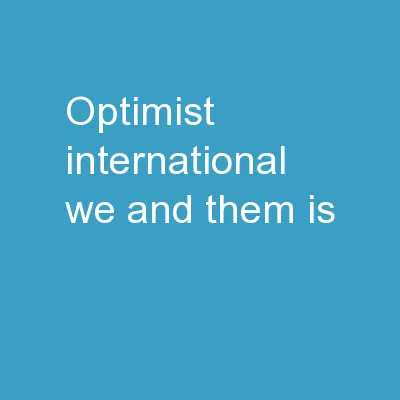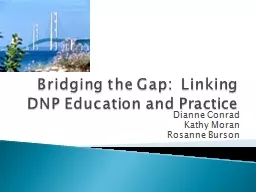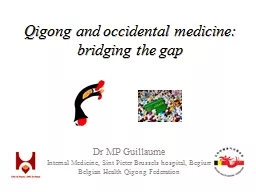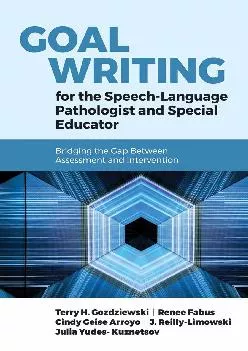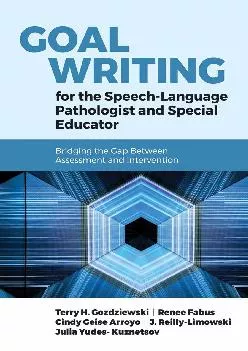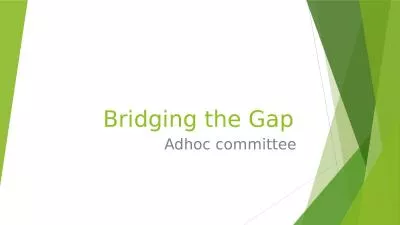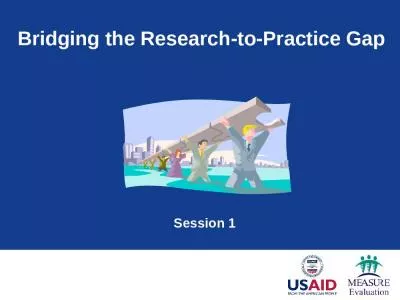PPT-Bridging the Gap between Research and Practice
Author : debby-jeon | Published Date : 2016-08-10
Mark R Dixon amp Alyssa Wilson Southern Illinois University The Road to Somewhere Problem gambling is not the problem Problem gambling is the outcome of deeper rooted
Presentation Embed Code
Download Presentation
Download Presentation The PPT/PDF document "Bridging the Gap between Research and Pr..." is the property of its rightful owner. Permission is granted to download and print the materials on this website for personal, non-commercial use only, and to display it on your personal computer provided you do not modify the materials and that you retain all copyright notices contained in the materials. By downloading content from our website, you accept the terms of this agreement.
Bridging the Gap between Research and Practice: Transcript
Download Rules Of Document
"Bridging the Gap between Research and Practice"The content belongs to its owner. You may download and print it for personal use, without modification, and keep all copyright notices. By downloading, you agree to these terms.
Related Documents

